Home>Furniture>Kitchen Furniture>What Is A Rice Cooker
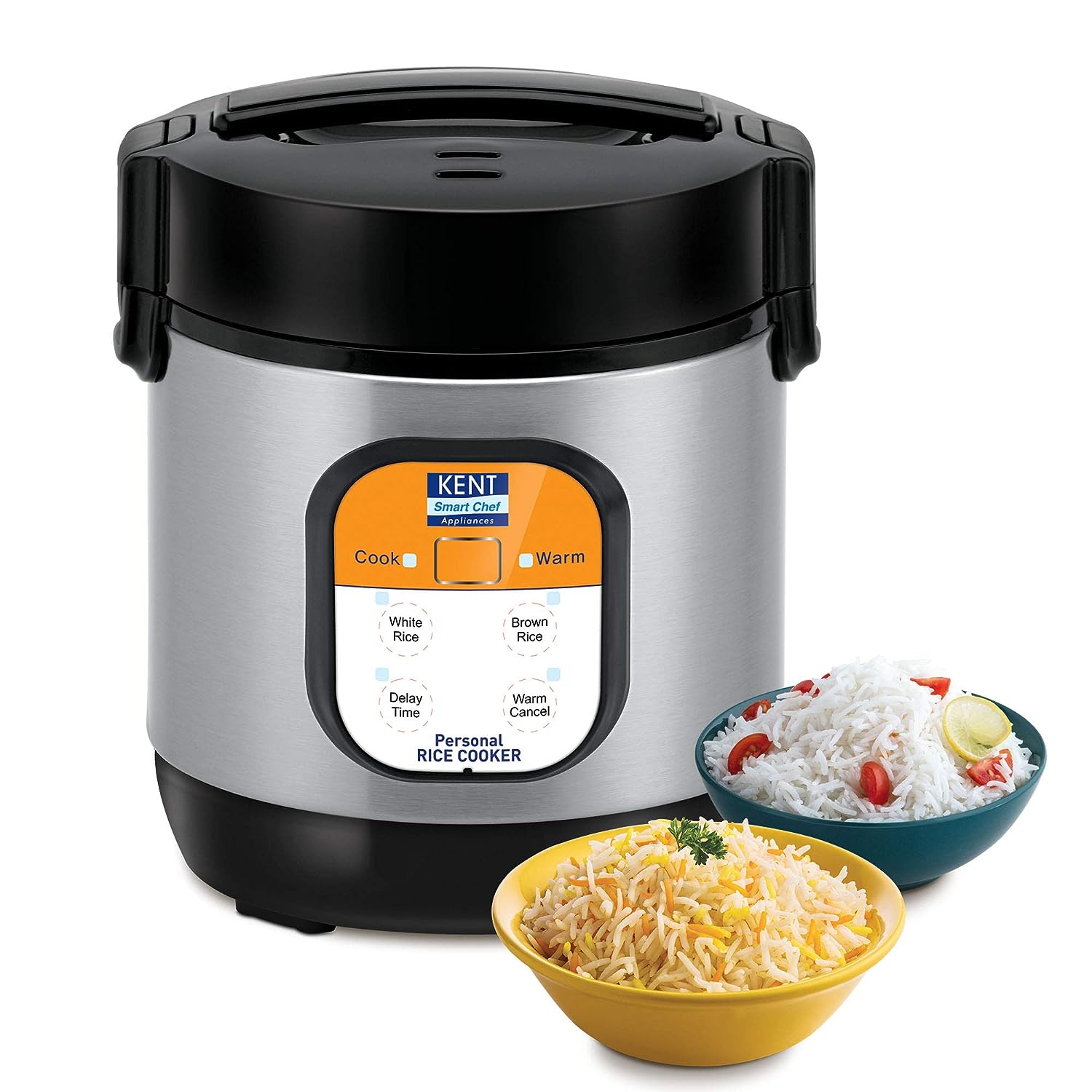

Kitchen Furniture
What Is A Rice Cooker
Modified: February 21, 2024
Discover everything you need to know about rice cookers with our comprehensive collection of informative articles on various models, features, and cooking techniques.
(Many of the links in this article redirect to a specific reviewed product. Your purchase of these products through affiliate links helps to generate commission for Storables.com, at no extra cost. Learn more)
Introduction
Rice is a staple food for billions of people around the world. From Asia to the Americas, rice is a vital ingredient in various cuisines. However, cooking rice perfectly can be a challenging task, especially for those who are not familiar with the process. This is where the rice cooker comes in.
A rice cooker is an electronic kitchen appliance designed to simplify the rice cooking process. It takes the guesswork out of cooking rice and ensures perfectly cooked fluffy grains every time. Whether you are a novice cook or an experienced chef, a rice cooker can be an invaluable addition to your kitchen.
In this article, we will take a deep dive into the world of rice cookers. We will explore the history of rice cookers, how they work, the different types available, and the benefits of using one. Additionally, we will provide helpful tips for using a rice cooker, troubleshooting common issues, and guidelines for cleaning and maintenance.
So, if you have ever struggled to make perfectly cooked rice or if you are simply curious about rice cookers, read on. By the end of this article, you will have a comprehensive understanding of rice cookers and how they can revolutionize your cooking experience.
Key Takeaways:
- Rice cookers have a rich history, evolving from ancient cooking methods to modern, high-tech appliances. They offer convenience, consistent results, and versatility, revolutionizing the way we cook rice.
- Using a rice cooker provides numerous benefits, including time-saving convenience, energy efficiency, and foolproof cooking. With proper tips, troubleshooting, and maintenance, it becomes an invaluable kitchen tool.
Read more: What Is The Best Mini Rice Cooker
History of Rice Cookers
The history of rice cookers can be traced back to ancient times when people used various primitive methods to cook rice. These methods included boiling rice in a pot over an open fire or using steam to cook it in a bamboo or clay pot. However, these methods were time-consuming and required constant monitoring to prevent the rice from getting burned or overcooked.
The modern rice cooker, as we know it today, was first developed in Japan in the early 1950s. The Mitsubishi Electric Corporation introduced the first commercial electric rice cooker, called the “Automatic Rice Cooking Device. This innovative appliance revolutionized the way rice was cooked.
Initially, these early rice cookers were simple in design and functionality. They consisted of a metal pot with a heating element at the bottom and a thermostat to control the temperature. The user would add rice and water to the pot, close the lid, and turn on the power. Once the rice was cooked, the cooker would automatically switch to a “keep warm” mode to keep the rice warm until it was ready to be served.
Over the years, rice cookers have undergone significant advancements and improvements. In the 1970s, microcomputer technology was incorporated into rice cookers, allowing for more precise temperature control and cooking time adjustments. This innovation made it even easier to achieve perfectly cooked rice.
In the 1990s, rice cookers with fuzzy logic technology were introduced. Fuzzy logic rice cookers are equipped with sensors that detect and adjust cooking time and temperature based on the moisture level and other factors. This technology allows for more accurate cooking and can adapt to different types of rice, including long-grain, short-grain, and basmati rice.
In recent years, rice cookers have continued to evolve with additional features such as multi-functionality, programmable timers, and even smartphone connectivity. These advancements have made rice cookers not only a convenient kitchen appliance but also a versatile tool for preparing a wide range of dishes.
Today, rice cookers are not limited to Asian households. They are widely used around the world, offering a hassle-free and foolproof way of cooking rice. With their rich history and continuous improvements, rice cookers have become an essential kitchen gadget for rice lovers everywhere.
How Rice Cookers Work
While the exact mechanisms may vary slightly among different models, the basic principle behind how rice cookers work remains the same. Rice cookers utilize a combination of heat, steam, and precise timing to cook rice to perfection.
When you add rice and water to the inner cooking pot of a rice cooker and activate the cooking cycle, several components work together to create the ideal cooking environment.
The heating element at the bottom of the cooker generates heat, which is transferred to the inner pot. As the water in the pot begins to heat up, it gradually reaches a boiling point. Once the water starts boiling, it creates steam, which rises and surrounds the rice grains.
Simultaneously, the thermostat in the rice cooker maintains a constant temperature, ensuring that the rice cooks evenly. Some advanced rice cookers utilize fuzzy logic technology, which allows the cooker to make automatic adjustments to the cooking time and temperature based on the type of rice and desired doneness.
As the rice cooks and absorbs the steam, the moisture content in the pot increases, which softens the rice grains. This process continues until the rice reaches the desired level of tenderness. Once the rice is fully cooked, the rice cooker automatically switches to a “keep warm” mode, which keeps the rice at an optimal serving temperature.
This “keep warm” function is especially convenient, as it allows you to keep the rice warm for an extended period without worrying about it getting cold or overcooked while you prepare the rest of the meal.
Rice cookers are designed to be efficient and user-friendly, taking the guesswork out of cooking rice. They are equipped with safety features such as thermal sensors to prevent overheating and automatic shut-off systems to prevent accidents or damage.
With the advancements in technology, some rice cookers now come with additional features such as delay start timers, multiple cooking presets, and even voice control capabilities. These features provide greater convenience and flexibility for users to customize their cooking experience.
Overall, rice cookers are a reliable and easy-to-use kitchen appliance that takes the hassle out of cooking rice. By automating the cooking process and ensuring consistently delicious results, rice cookers have become a staple in many households worldwide.
Types of Rice Cookers
Rice cookers come in a variety of types, each offering different features and functionalities to suit the needs and preferences of users. Understanding the different types of rice cookers available can help you choose the one that best fits your requirements.
1. Standard Rice Cookers: Standard rice cookers are the most common type and are suitable for everyday use. They usually have simple controls, such as a single button for cooking and a “keep warm” function. These cookers are straightforward to operate and offer reliable results. They are available in various sizes, ranging from small models that can cook 2-3 cups of rice to larger ones that can cook up to 10 cups.
2. Fuzzy Logic Rice Cookers: Fuzzy logic rice cookers are equipped with advanced microcomputer technology. These cookers have multiple cooking settings and sensors that detect and adjust the cooking time and temperature based on the type of rice being cooked and the desired texture. Fuzzy logic rice cookers offer more precise control over the cooking process and can handle different types of rice, from white rice to brown rice and even mixed rice dishes.
3. Induction Heating Rice Cookers: Induction heating rice cookers use electromagnetic induction technology to heat the inner cooking pot. This method allows for more consistent and even heating, resulting in perfectly cooked rice with a desirable texture. Induction heating rice cookers often have advanced features such as multiple cooking presets, extended keep-warm functions, and customizable settings for precise cooking control.
4. Pressure Rice Cookers: Pressure rice cookers utilize pressurized cooking to cook rice faster and more efficiently. These cookers work by trapping steam inside the pot, which increases the boiling point of water and helps cook the rice more rapidly. Pressure rice cookers are especially useful for those who are short on time or prefer quicker cooking. They can also be used for other types of cooking, such as soups, stews, and even yogurt making.
5. Multi-Function Rice Cookers: Multi-function rice cookers offer versatility by combining the functionality of a rice cooker with other cooking methods, such as steaming, slow cooking, and baking. These cookers often come with additional accessories and settings to accommodate various cooking needs. They are ideal for those who want a single kitchen appliance that can perform multiple cooking tasks.
When choosing a rice cooker, consider factors such as the size, capacity, cooking options, and your personal preferences. It’s also worth noting that more advanced features and technologies usually come at a higher price point. Assess your needs, budget, and desired cooking capabilities to select the rice cooker that suits you best.
Benefits of Using a Rice Cooker
A rice cooker is not just a convenient kitchen appliance; it offers a range of benefits that make it a must-have for rice lovers and busy individuals alike. Here are some of the key advantages of using a rice cooker:
1. Convenience: One of the primary benefits of using a rice cooker is the convenience it offers. With a rice cooker, you can effortlessly cook perfectly fluffy rice without constantly monitoring the stove. Simply add rice and water, press a button, and let the cooker do the rest. This is particularly useful for those who have a busy lifestyle or do not have much experience in cooking.
2. Consistent Results: Rice cookers are designed to deliver consistent results. They utilize precise cooking technology to ensure that the rice is cooked evenly and to the desired texture every time. Whether you prefer soft and sticky rice or fluffy and separate grains, a rice cooker can help you achieve the perfect consistency with ease.
3. Time-Saving: Cooking rice on the stovetop requires frequent stirring and monitoring, which can be time-consuming. Rice cookers eliminate the need for constant attention and allow you to focus on other tasks while the rice is being cooked. Additionally, some models offer programmable timers, which allow you to set the cooking cycle in advance, saving even more time.
4. Versatility: Although rice cookers are primarily used for cooking rice, many models have additional functionalities and can be used for steaming vegetables, cooking porridge, soups, and even baking. This versatility makes a rice cooker a versatile and multi-purpose kitchen appliance that can help you prepare a variety of dishes.
5. Energy Efficiency: Rice cookers are designed to be energy-efficient. They use only the required amount of electricity to cook the rice and automatically switch to a “keep warm” mode once the cooking is complete. This feature not only saves energy but also keeps the rice ready to serve without the need for reheating.
6. Foolproof Cooking: With a rice cooker, you don’t have to worry about undercooking or overcooking the rice. The cooker takes care of the cooking process for you, ensuring perfectly cooked rice each time. This makes it ideal for beginner cooks or those who want consistent results without the hassle of manual cooking.
7. Easy Cleanup: Cleaning up after cooking can be a chore, but rice cookers make it easier. Most rice cooker inner pots have non-stick coatings, making them easy to clean with a simple rinse. Additionally, some parts of the rice cooker, such as the lid and steam vent, are often removable and dishwasher-safe, further simplifying the cleaning process.
As you can see, using a rice cooker offers numerous benefits including convenience, consistent results, time-saving, versatility, energy efficiency, foolproof cooking, and easy cleanup. If you are a rice lover or enjoy preparing rice-based dishes, investing in a rice cooker will undoubtedly revolutionize your cooking experience in the kitchen.
When using a rice cooker, always follow the recommended rice-to-water ratio for the type of rice being cooked. This will ensure perfectly cooked rice every time.
Read more: What Is The Best Rice Cooker To Buy
Tips for Using a Rice Cooker
Using a rice cooker is a simple and foolproof way to cook perfect rice every time. However, to make the most out of your rice cooker and achieve optimal results, here are some helpful tips to keep in mind:
1. Measure the Rice and Water Correctly: Use the provided measuring cup or a standard measuring cup to measure the rice and water accurately. As a general rule, use one cup of rice to one and a half cups of water for white rice. Adjust the water ratio based on the type of rice you are cooking, as different varieties may require slightly more or less water.
2. Rinse the Rice: Rinse the rice thoroughly before cooking to remove excess starch. This will help prevent the rice from becoming too sticky or clumpy. Place the rice in a fine-mesh strainer and rinse it under cold water until the water runs clear.
3. Soak the Rice: Soaking the rice for 15-30 minutes before cooking can help improve its texture and shorten the cooking time. This is especially beneficial for brown rice or other types of grain that may require longer cooking durations.
4. Follow the Rice to Water Ratio: For optimal results, follow the recommended rice to water ratio specified in the rice cooker’s user manual. Different rice cookers may have slight variations, so it’s important to consult the instructions provided by the manufacturer.
5. Avoid Opening the Lid During Cooking: While it may be tempting to check on the rice or stir it during the cooking process, it is best to avoid opening the lid. Opening the lid can release steam and disrupt the cooking process, resulting in unevenly cooked rice.
6. Let the Rice Rest: After the cooking cycle completes, allow the rice to rest in the rice cooker for about 10-15 minutes. This resting period helps redistribute the moisture in the rice, resulting in fluffier and more even-textured grains.
7. Fluff the Rice: When the resting time is complete, use a rice paddle or fork to fluff the rice gently. This helps separate the grains and gives the rice a light and fluffy texture. Avoid stirring vigorously to prevent the rice from becoming mushy.
8. Use the “Keep Warm” Function: If you’re not serving the rice immediately, activate the “keep warm” function on your rice cooker. This will maintain the rice at a constant temperature and prevent it from drying out while you prepare other dishes.
9. Experiment with Different Rice Varieties: Rice cookers are not limited to just cooking white rice. Experiment with different rice varieties such as brown rice, jasmine rice, basmati rice, or mixed rice dishes to explore a world of flavors and textures.
By following these tips, you can maximize the performance of your rice cooker and consistently create delicious and perfectly cooked rice. Don’t be afraid to experiment and adjust the cooking parameters based on your preferences to achieve the desired results.
Common Issues and Troubleshooting
While rice cookers are designed to be reliable and easy to use, occasionally, you may encounter some common issues. Here are some troubleshooting tips for addressing these issues:
1. Rice Sticking to the Bottom: If you find that your rice is consistently sticking to the bottom of the pot, it may be due to not rinsing the rice thoroughly before cooking or using too much water. Try rinsing the rice more thoroughly or reducing the amount of water used for cooking.
2. Undercooked or Overcooked Rice: If your rice is consistently undercooked or overcooked, check the water level and rice to water ratio. Adjust the water level or the rice to water ratio according to the instructions provided by the rice cooker’s manufacturer. Also, ensure that the cooker is securely closed and the cooking cycle is not interrupted prematurely.
3. Inconsistent or Mushy Texture: Inconsistent texture can be caused by not allowing enough resting time after the cooking cycle is completed. Make sure to let the rice sit in the cooker for 10-15 minutes before fluffing with a fork. Additionally, avoid stirring the rice too vigorously as it can turn it mushy.
4. Burnt Smell or Taste: If you notice a burnt smell or taste in your cooked rice, it may be due to excess heat or prolonged cooking time. Check that the heating element is functioning properly and that the rice cooker is not overheating. Adjust the cooking time and temperature settings accordingly.
5. Water Leakage: If you experience water leakage during the cooking process, check that the lid is properly sealed and there are no cracks or damages to the inner pot or the cooker itself. Ensure that the rubber gasket or sealing ring is clean and free from debris. If necessary, replace any worn-out or damaged parts.
6. Error Codes or Malfunctions: If your rice cooker displays error codes or malfunctions, consult the user manual provided by the manufacturer for specific instructions on troubleshooting. Error codes can indicate issues with temperature sensors, power supply, or other internal components. If the problem persists, contact the manufacturer for further assistance.
7. Uneven Cooking: If you find that the rice in your cooker is unevenly cooked, it may be due to improper distribution of heat. Try stirring the rice halfway through the cooking process or consider upgrading to a rice cooker with better heat distribution mechanisms, such as an induction heating model.
Remember to always refer to the user manual specific to your rice cooker for troubleshooting tips and instructions. If you encounter persistent issues or feel unsure about performing any troubleshooting steps, contact the manufacturer’s customer support for assistance.
By following these troubleshooting tips and addressing common issues promptly, you can ensure that your rice cooker continues to perform at its best, delivering delicious and perfectly cooked rice with every use.
Cleaning and Maintenance of Rice Cookers
Proper cleaning and maintenance of your rice cooker are essential to ensure its longevity and optimal performance. Here are some tips to keep your rice cooker clean and in good condition:
1. Unplug and Cool Down: Before cleaning, always make sure to unplug the rice cooker from the power source and allow it to cool down completely. This will prevent any potential accidents or injuries.
2. Remove Inner Pot and Accessories: Remove the inner pot, rice paddle, and any other detachable accessories from the rice cooker. These parts can usually be washed separately for thorough cleaning.
3. Clean the Inner Pot: The inner pot is the most frequently used part of the rice cooker and should be cleaned after each use. Allow it to soak in warm, soapy water for a few minutes to loosen any residue, and then use a non-abrasive sponge or cloth to scrub away any food particles. Rinse the pot thoroughly and dry it before reassembling.
4. Clean the Lid and Steam Vent: Wipe the lid and steam vent with a damp cloth or sponge to remove any food debris or stains. Be sure to clean the vent thoroughly to prevent any blockages that may affect the performance of the rice cooker.
5. Clean the Exterior: Wipe the exterior of the rice cooker with a damp cloth to remove any dust, dirt, or spills. Avoid using harsh abrasives or chemical cleaners, as they may damage the surface of the cooker.
6. Check for Mineral Build-up: Over time, mineral deposits may accumulate on the heating plate or inside the rice cooker due to the minerals present in the water. To remove these deposits, mix equal parts white vinegar and water and fill the inner pot about halfway. Let it sit for a few hours, then scrub the affected areas gently with a sponge or brush. Rinse thoroughly afterward.
7. Regular Descaling: It’s a good practice to descale your rice cooker periodically to remove any mineral deposits. You can do this by running a cycle with a mixture of water and vinegar or using a commercial descaling product as per the manufacturer’s instructions. This will help maintain the efficiency of the heating element.
8. Store Properly: When not in use, ensure that the rice cooker is completely dry before storing it. Keep the inner pot and accessories in a clean and dry location to prevent the growth of mold or mildew.
9. Follow Manufacturer’s Instructions: Always refer to the manufacturer’s instructions for specific cleaning and maintenance guidelines. Different rice cooker models may have specific recommendations, so it’s important to follow them for optimal care.
Regular cleaning and maintenance will not only keep your rice cooker operating smoothly but also ensure that it continues to produce delicious and perfectly cooked rice. By implementing these cleaning and maintenance practices, you can enjoy the longevity and performance of your rice cooker for years to come.
Conclusion
The rice cooker has become an essential kitchen appliance for many households around the world. With its convenience, consistent results, and time-saving benefits, it has revolutionized the way we cook rice. From its humble origins to the advanced models available today, rice cookers have come a long way in terms of design, functionality, and technology.
We explored the rich history of rice cookers, from primitive cooking methods to the introduction of the first electric rice cooker in Japan. Over time, rice cookers have evolved with advancements such as microcomputer technology, fuzzy logic control, induction heating, and multi-functionality. These innovations have made rice cookers versatile, efficient, and easy to use.
Understanding how rice cookers work, the different types available, and their benefits allows us to fully appreciate the advantages they bring to the kitchen. The convenience of one-button operation, consistent and perfectly cooked rice, and the ability to multitask while the rice is cooking make rice cookers invaluable for busy individuals and beginner cooks.
Furthermore, we provided helpful tips for using a rice cooker, troubleshooting common issues, and guidelines for cleaning and maintenance. By following these tips, users can maximize the performance of their rice cookers, ensure optimal results, and prolong the lifespan of the appliance.
In conclusion, a rice cooker is more than just a kitchen gadget; it is a time-saving, versatile, and foolproof tool that takes the guesswork out of cooking rice. Whether you are a rice lover, a cooking enthusiast, or someone looking for convenience in the kitchen, a rice cooker is a worthwhile investment.
So, embrace the ease and reliability of a rice cooker and enjoy perfectly cooked rice with every meal. Let this fantastic kitchen appliance simplify your cooking experience and elevate your culinary creations to new heights. Happy rice cooking!
Frequently Asked Questions about What Is A Rice Cooker
Was this page helpful?
At Storables.com, we guarantee accurate and reliable information. Our content, validated by Expert Board Contributors, is crafted following stringent Editorial Policies. We're committed to providing you with well-researched, expert-backed insights for all your informational needs.
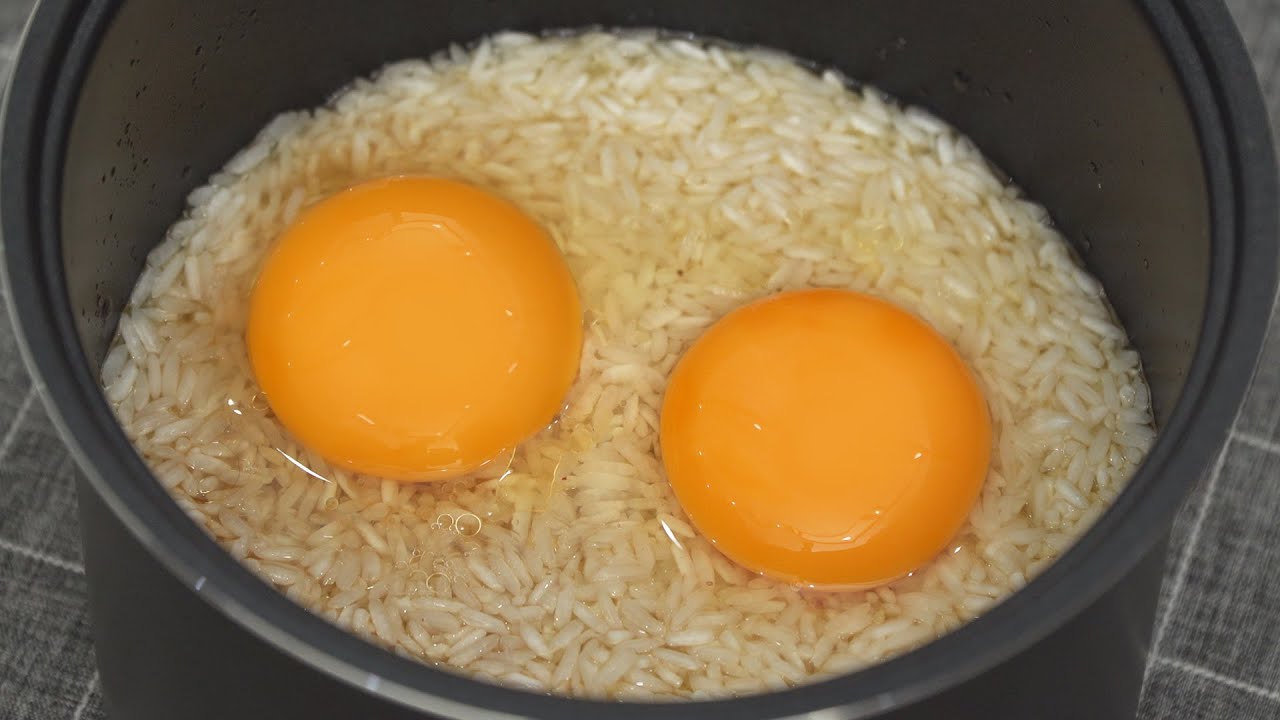
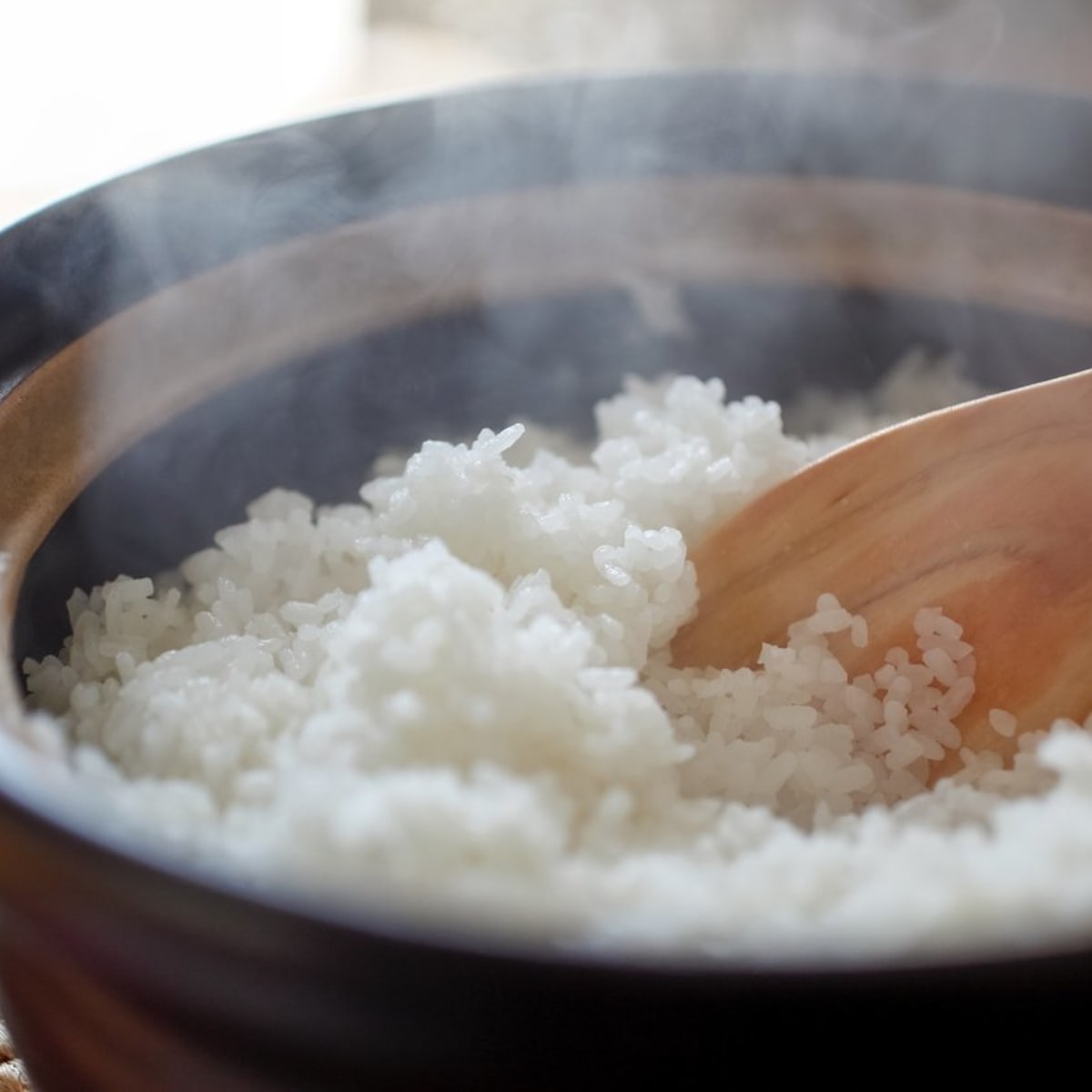
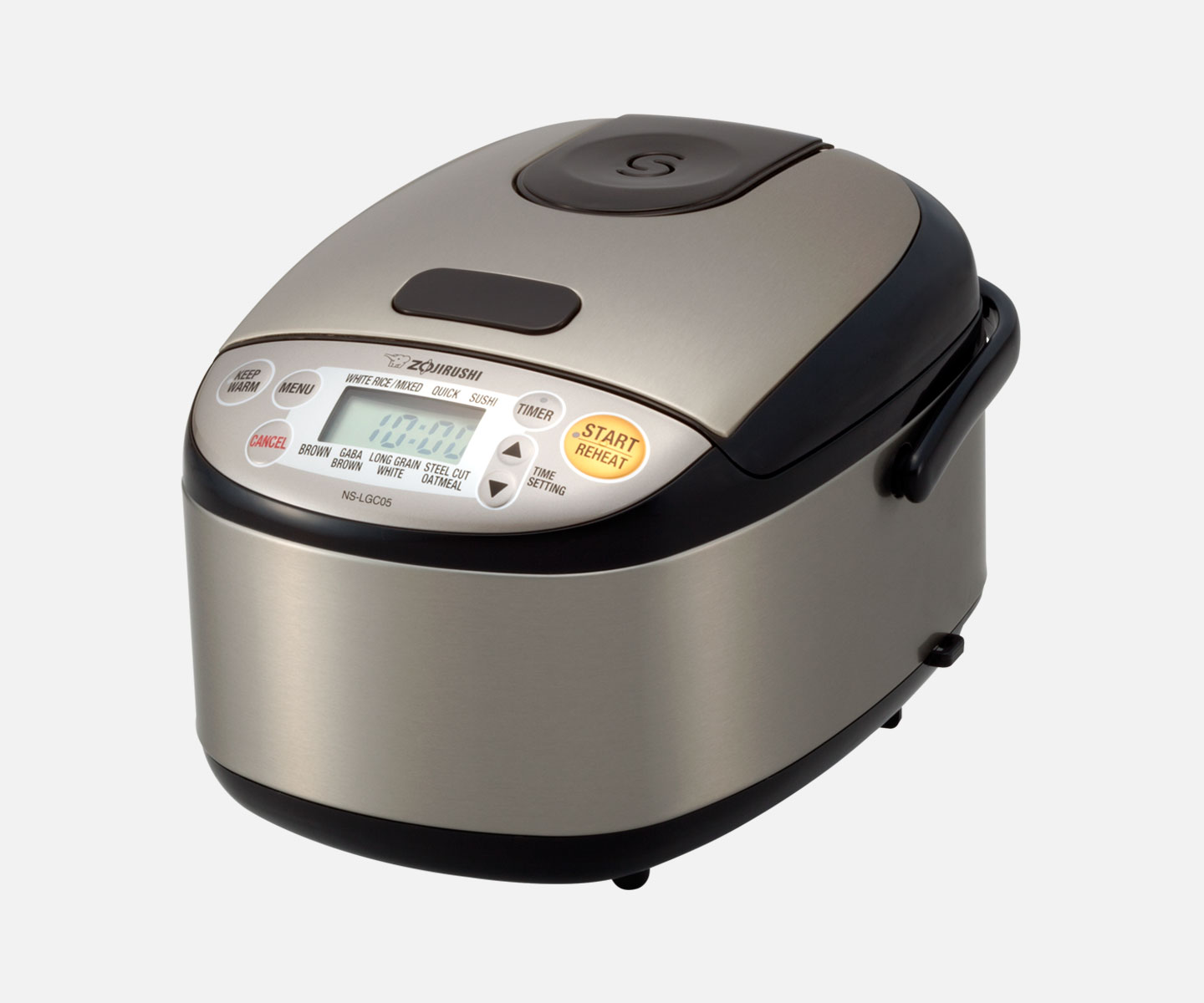
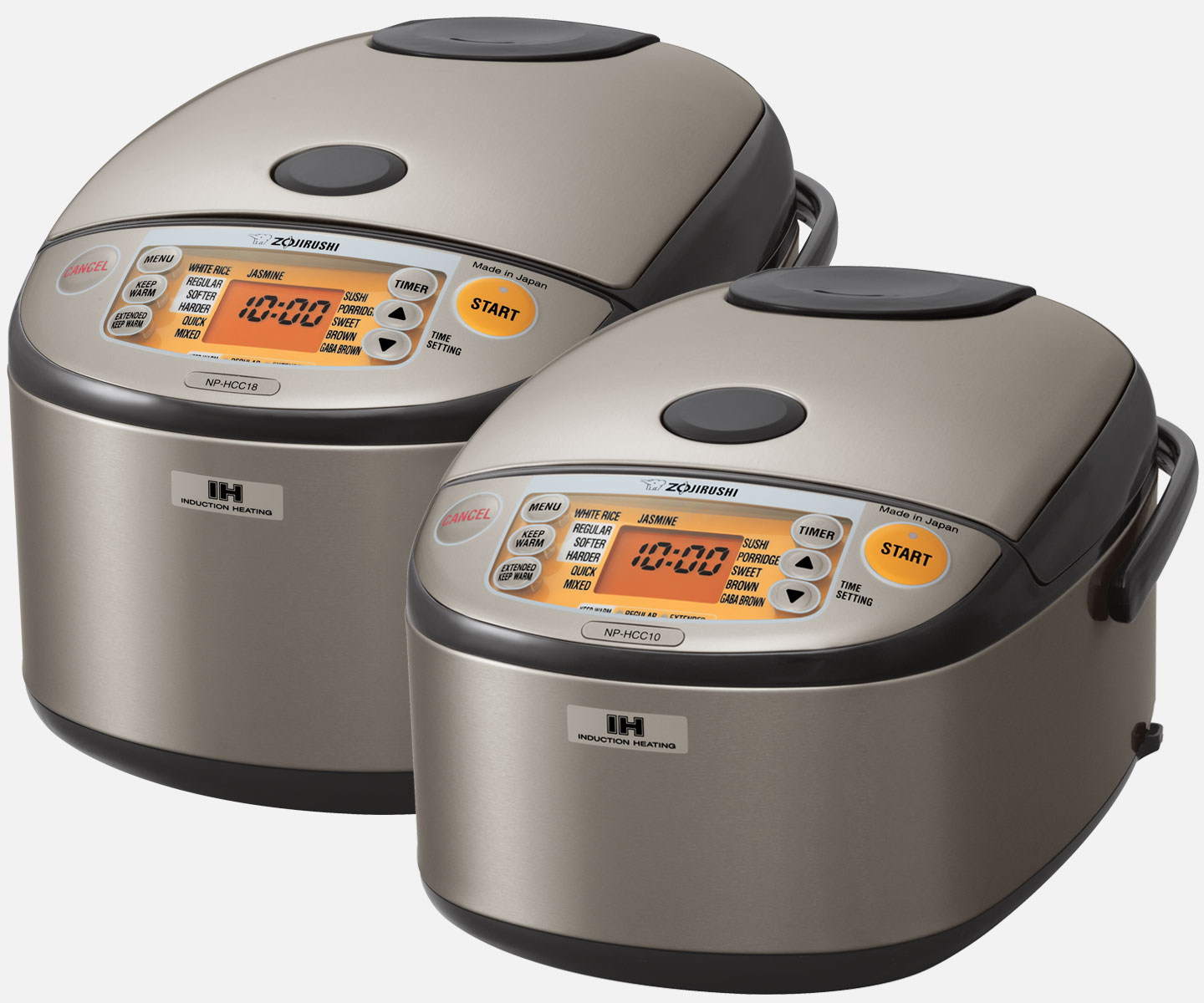
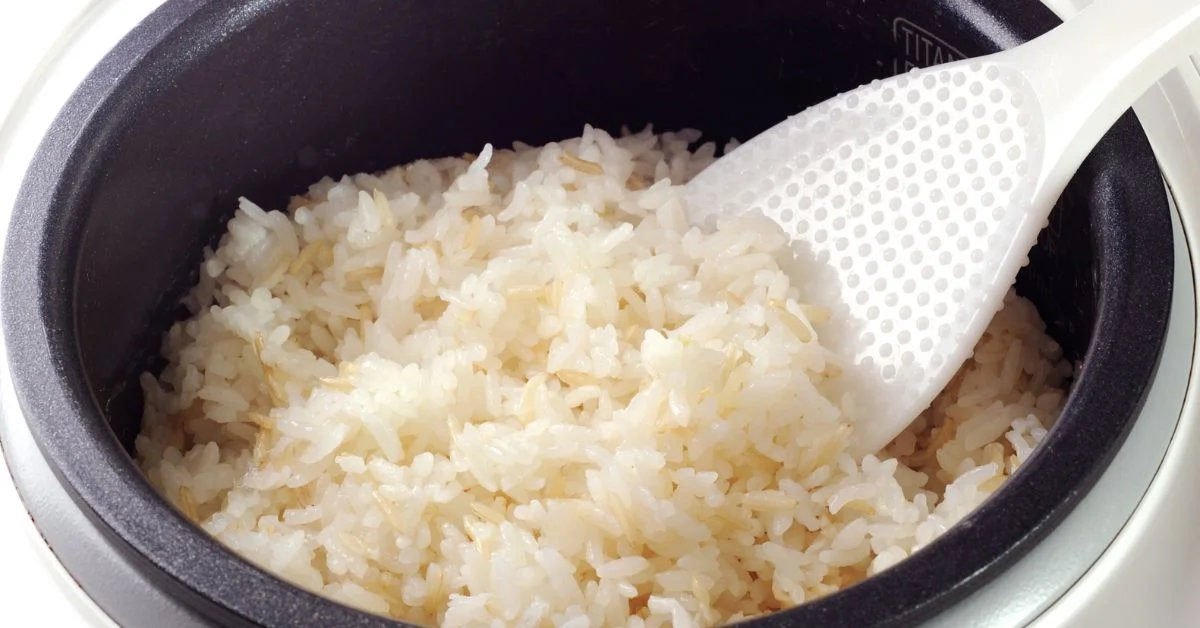
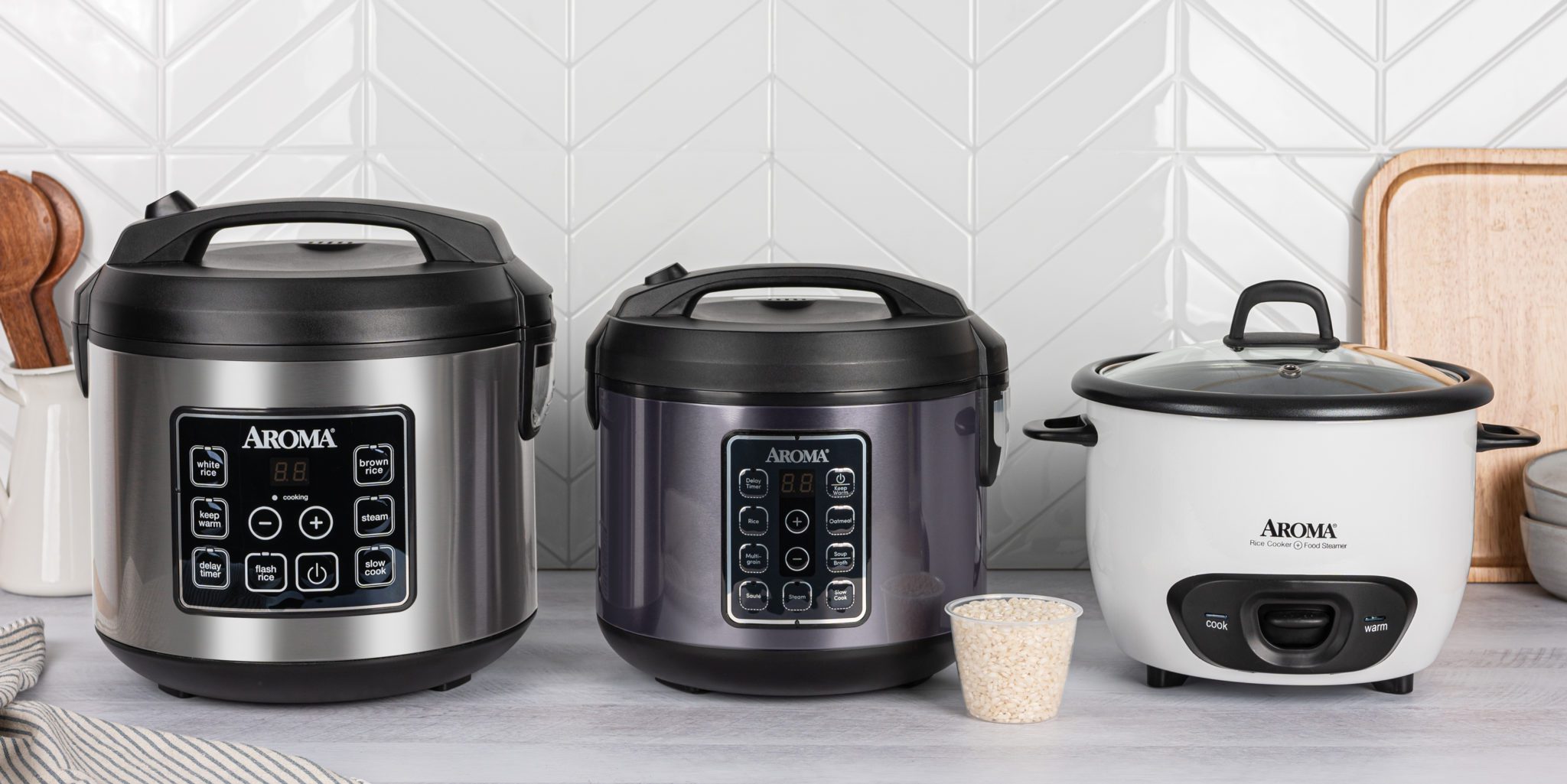
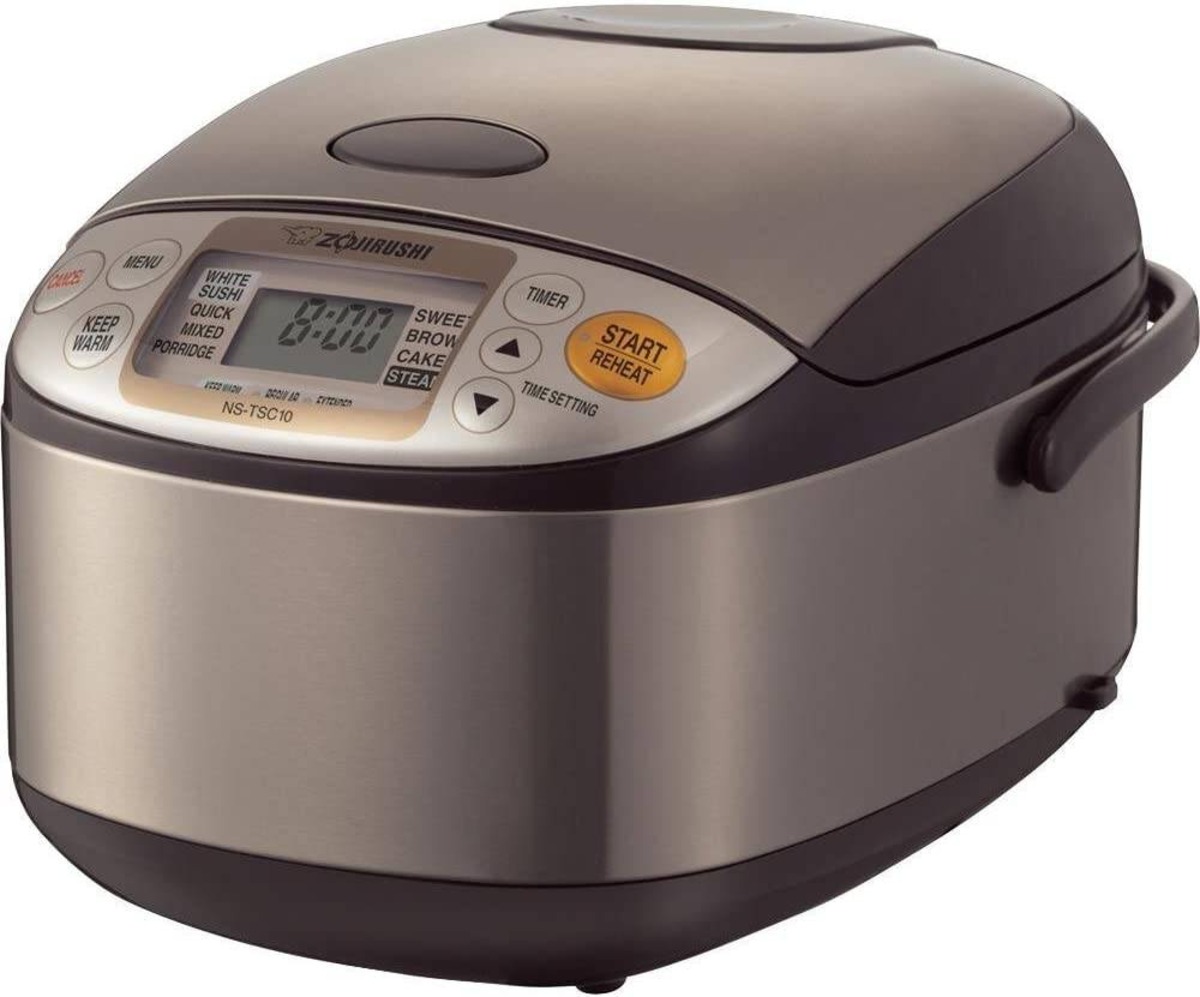
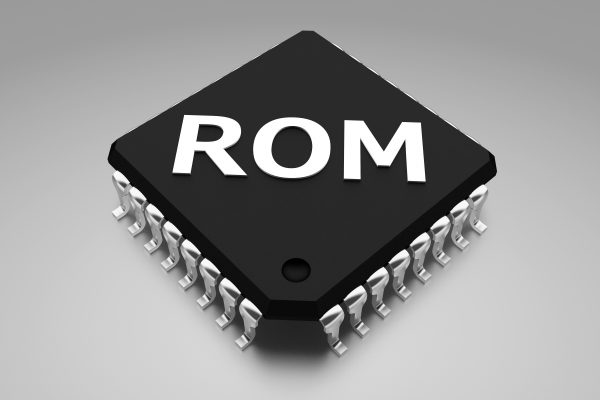
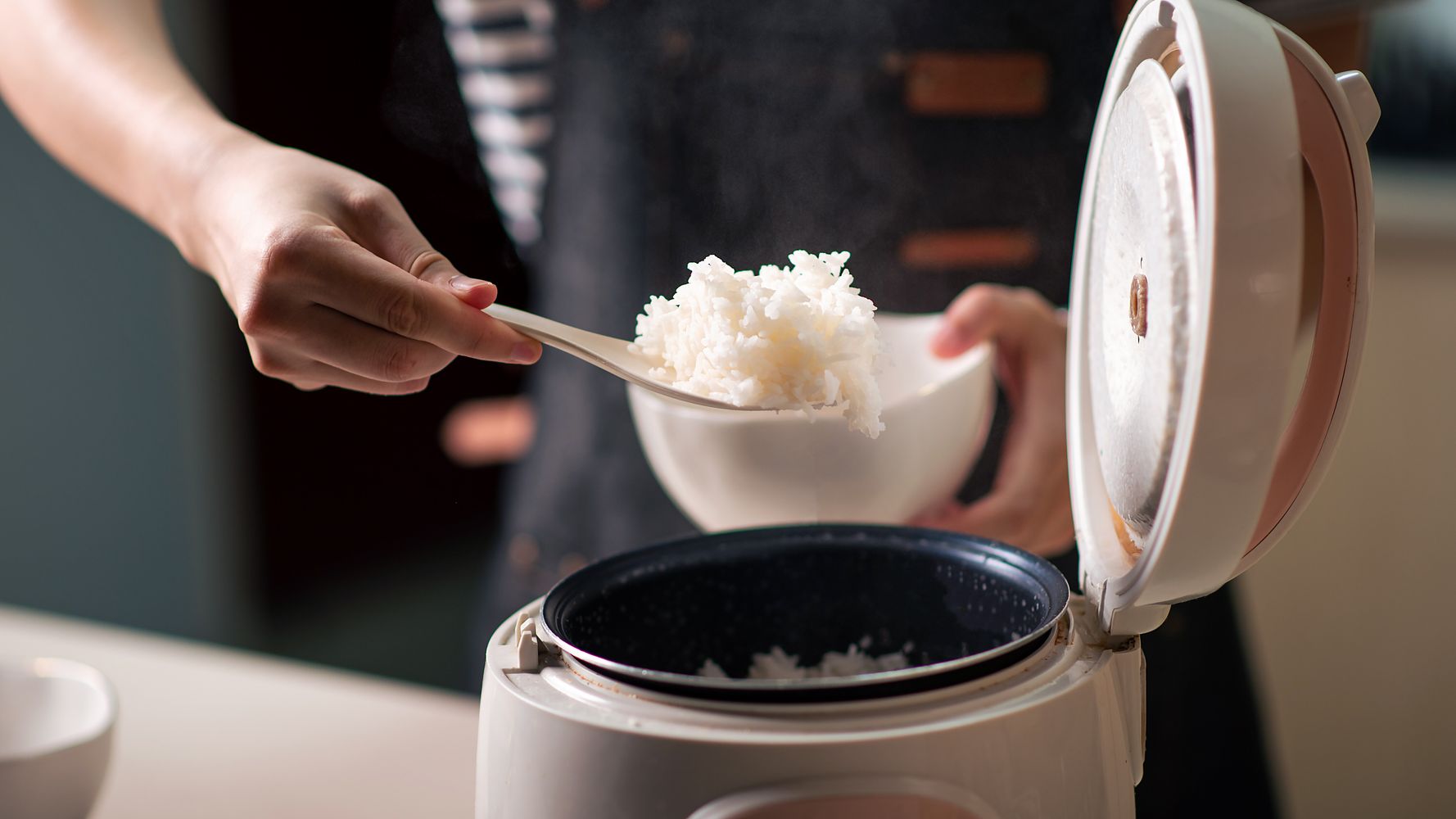
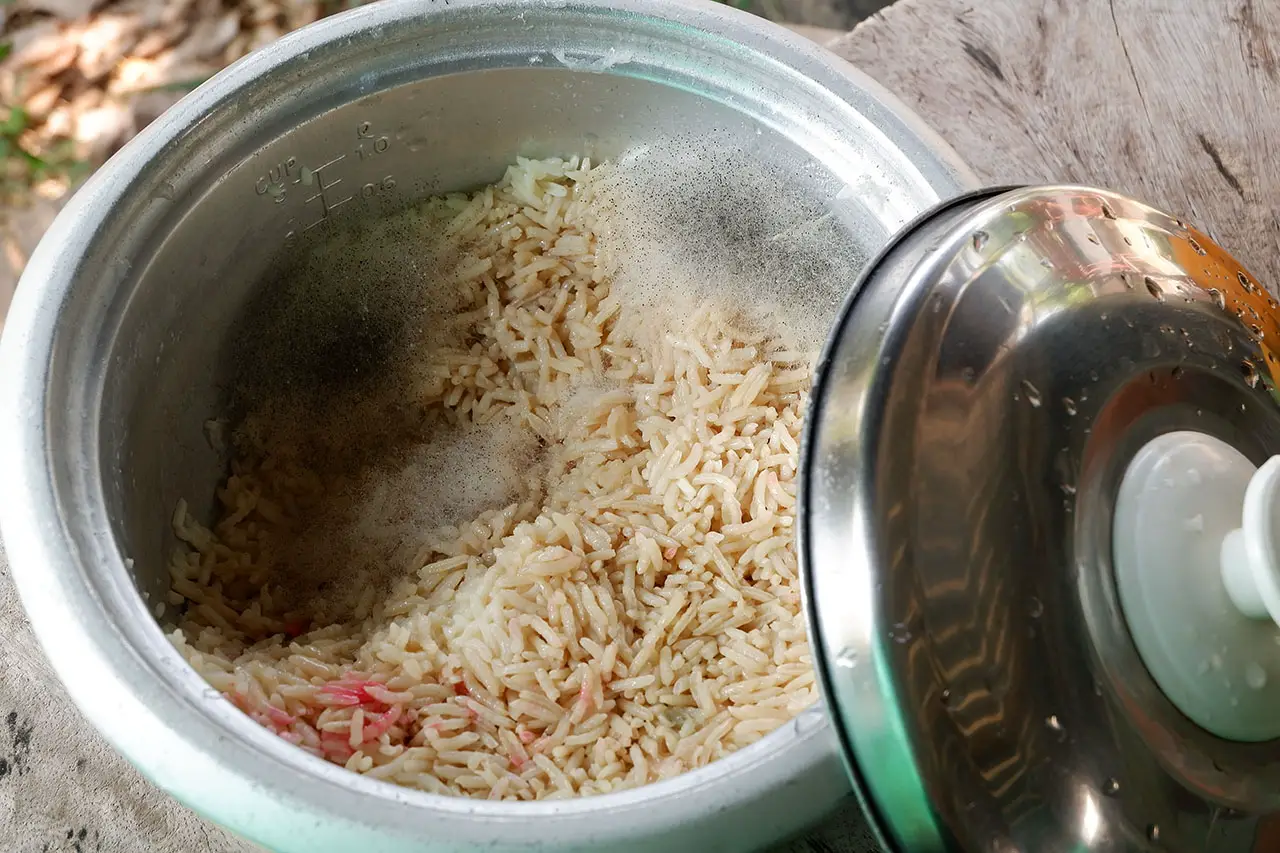
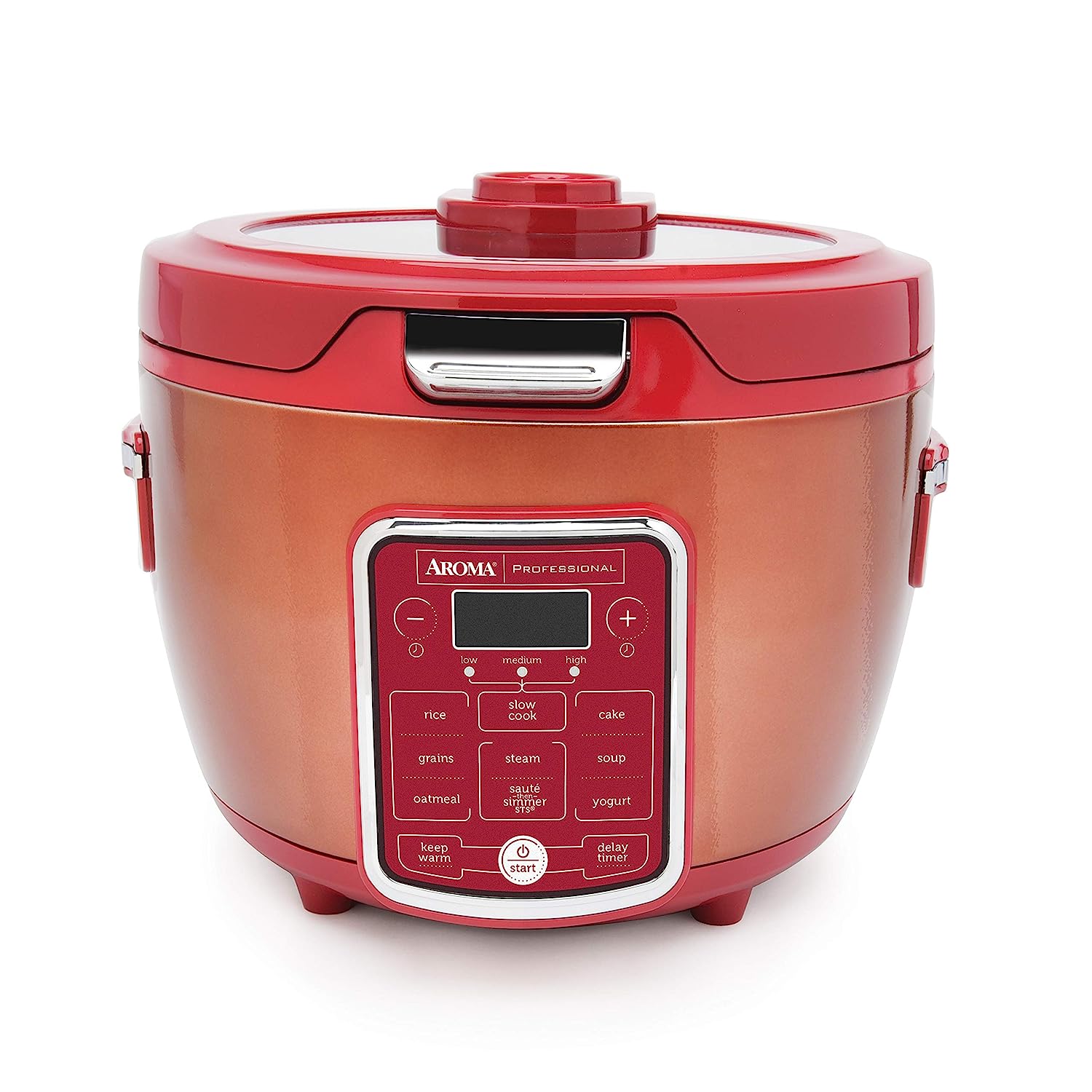
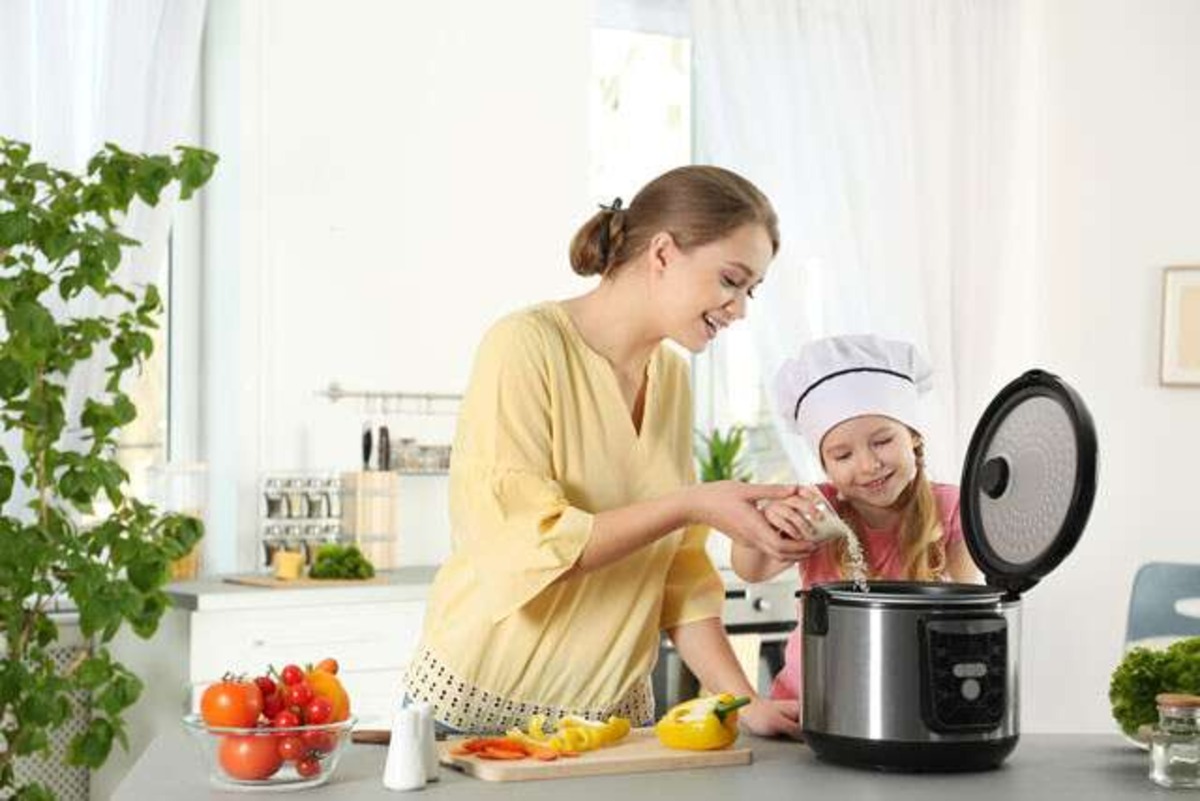
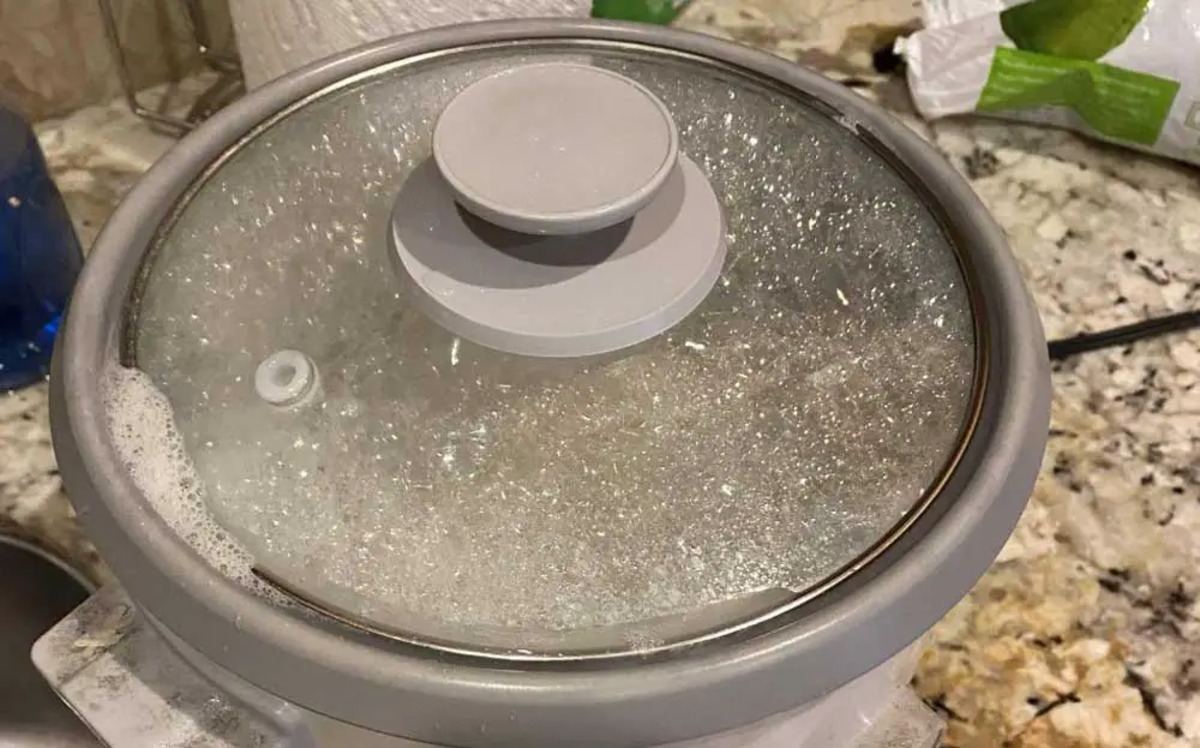
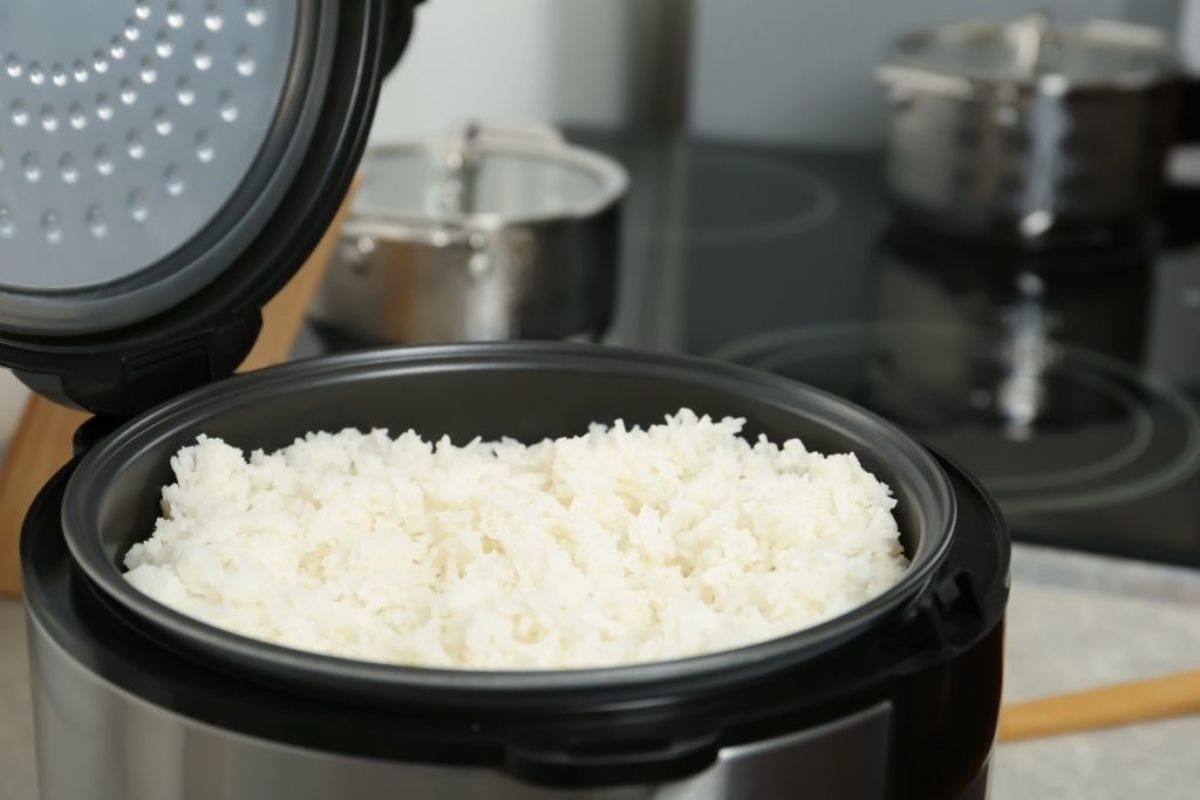

0 thoughts on “What Is A Rice Cooker”